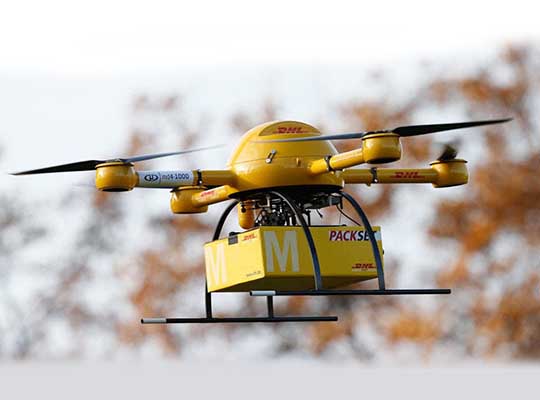Drones are taking off largely because of the increasing sophistication and use cases of Unmanned Aircraft Systems (UAS). Indeed, the use of UAS systems has emerged as a competitive advantage in many industries, according to Brendon Bartholomew, President of Vector Aerial. Vector supplies both drones and expertise in their deployment, and the company’s trajectory has mirrored that of the drone industry itself. Vector Aerial began by providing drones for the military, but within a few years, it has expanded into public safety and other markets as demand for efficient and cost-effective data collection, processing, and analysis broadened.
Yet, over the past several years, the media has largely ignored the data aspect of UAS technology, instead focusing on the development of delivery drones at companies like UPS, FedEx, and the nation’s largest e-commerce company, Amazon. Bartholomew says that this is an oversight. While delivery companies face considerable hurdles, drones are revolutionizing the collection and analysis of big data.
As with self-driving cars and trains, the evolution of drones points towards autonomy, but operating in the sky presents special challenges, as well as a unique regulatory environment. In the vast majority of cases, the FAA still requires that a human be directly controlling the drone, and always in its line of vision. Getting approval to fly autonomous drones is theoretically possible, but has so far proven to be a labor-intensive waiver process. “The FAA is only giving waivers to the most experienced drone operators at the moment,” Bartholomew says. “It’s been a crawl-walk-run to autonomy.”
While mass delivery via drone is probably still a long way off, the FAA has carved out some exceptions, including two medical facilities in the Southeast that have been using drones to courier medical supplies. The progress being made in UAS technology will continue to occur largely below the public’s radar, likely due as much to the national labor shortage as to new technological innovations.














